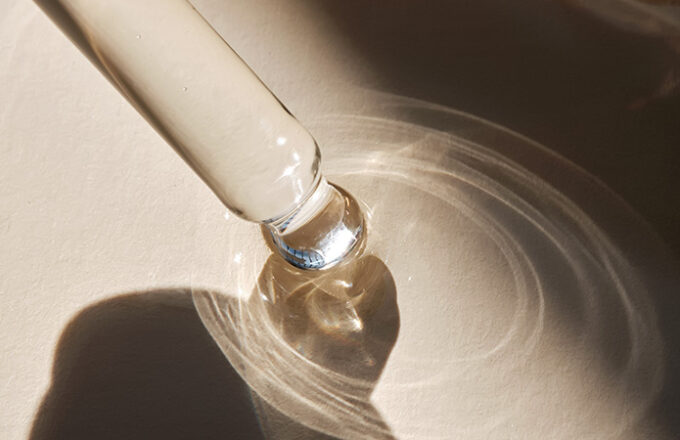The continuous search for more bioactive and biocompatible ingredients has led cosmetic peptides to establish themselves as powerful and innovative tools for skin care, as they offer solutions to a variety of skin problems.

The main use of peptides in cosmetics is to prevent skin aging, both when caused by intrinsic factors, such as the natural degradation of the collagen and elastin matrix, or extrinsic factors, such as aging caused by UV rays.
The mechanics of this action are extremely variable, from the generation of collagen to the inhibition of metalloproteases, from antioxidant and anti-inflammatory effects to the suppression of elastase, hyaluronidase or neurotransmitters linked to involuntary muscle micromovements (hyperkinesis) of the subcutaneous layer that contributes to the formation of wrinkles.
Recent research has also discovered that certain peptides have wound-healing and tissue-regenerating properties. Other peptides are used as antimicrobials, to reduce or eliminate skin spots, or, in the case of lipopeptides, as surfactants.
Use of peptides in modern cosmetics
Peptides are used in cosmetics and especially in cosmeceuticals, with a wide range of functions:
- from transport,
- to signaling,
- to inhibition of neurotransmitters or enzymes.
However, these peptides also have some deficiencies, the major one being their low membrane penetration capability and, consequently, a poor bioavailability. Peptides are also not particularly stable, even if there are ways to increase both of these factors. A further problem of peptides is the possibility of allergic reactions. In Europe, the use of peptides in cosmetics is controlled by Regulation (EC) No. 1223/2009 and its subsequent updates and additions.

In conclusion, the use of peptides in cosmetics and cosmeceuticals is very promising, despite the deficiencies that they present, and the number of fields in which they can find applications is constantly growing.
The possibility of deriving these peptides from natural sources, such as plants, algae and other marine organisms, instead of producing them synthetically, is also of great interest. More specifically, hydrolysates derived from plants and microalgae, if subsequently purified, can have various applications.
